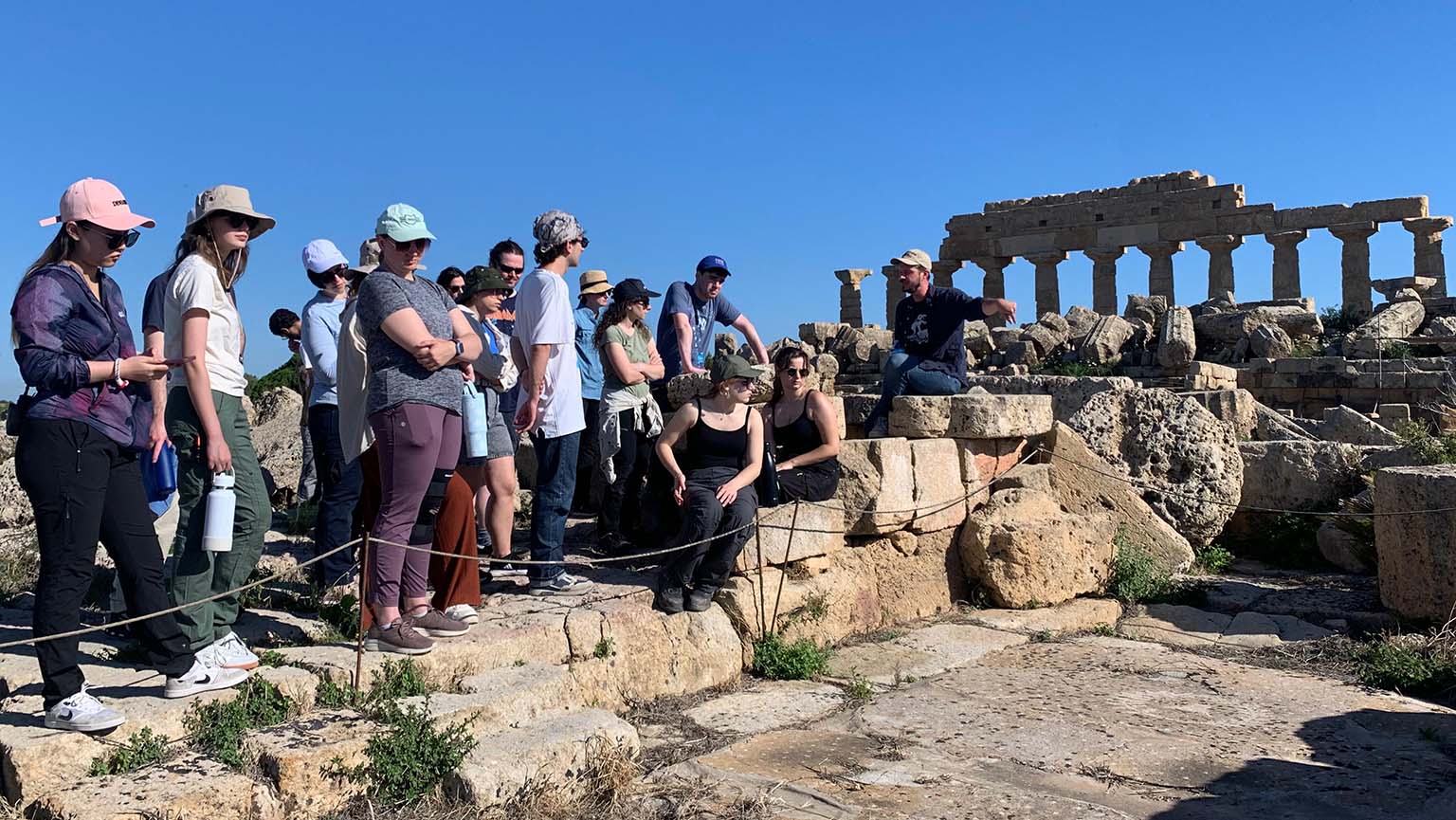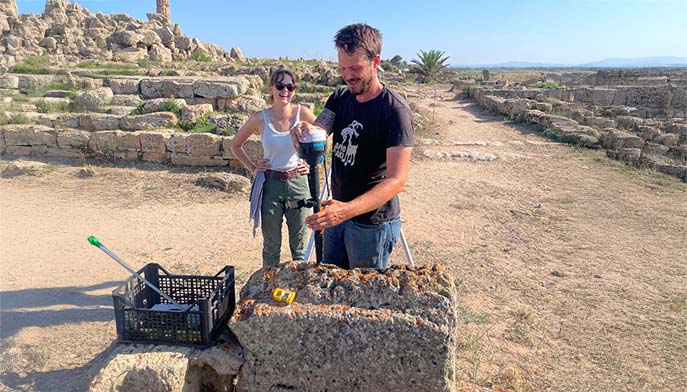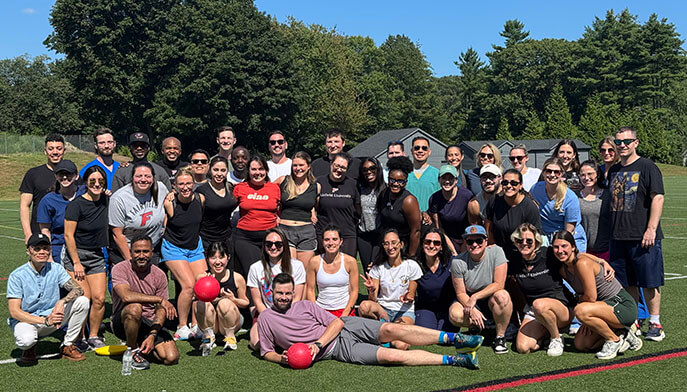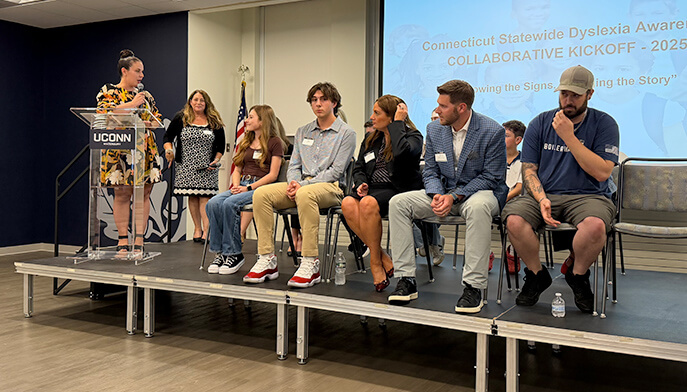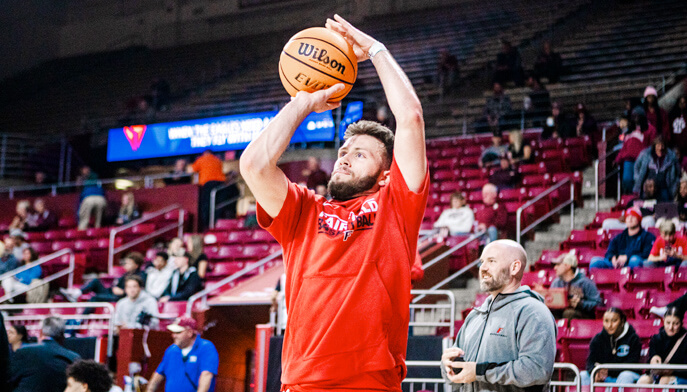Before the summer heat blanketed the ruins of Selinunte—an ancient Greek archaeological site located on the southwest coast of Sicily, Italy, Andrew Ward, PhD, and Maya Jackman ’27, were already in the trenches.
Close Menu
Fairfield University

©2025 Fairfield University
